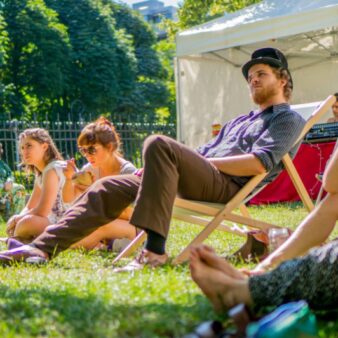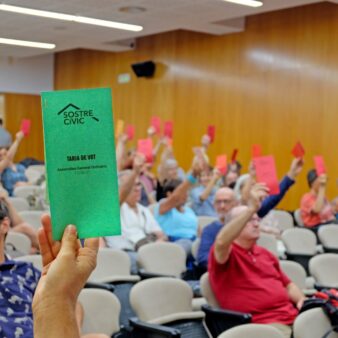Renovating old buildings to reduce their carbon emissions is an important way to tackle climate change and key to developing cities sustainably. Meeting modern energy-efficiency standards is expensive, however, so it can be challenging for social housing organisations to carry out refurbishment works without also increasing rents.
Housing cooperative Berliner Bau- und Wohnungsgenossenschaft von 1892 eG (known simply as 1892), manages almost 7,000 affordable homes in Berlin. Many of the cooperative’s homes are in old buildings, which need to be modernised to extend their life cycle and upgrade conditions for residents.
The Nettelbeckplatz housing estate was built by the cooperative in 1975 in the working-class neighbourhood of Wedding. It consisted of six buildings containing 150 flats with large balconies. The estate was designed around a green courtyard with playgrounds and recreation areas and was home to a vibrant mix of people.
By 2014, however, Nettelbeckplatz was no longer seen as a local landmark and the community had lost its vitality. More than 40% of the estate’s residents were now over the age of 65 (13% were over 80). The surrounding area was suffering from social and drug-related problems, and residents did not feel safe.
1892 knew it needed to refurbish the estate whilst keeping rents affordable. It saw this as an opportunity to improve energy efficiency and accessibility and reinvigorate the community by diversifying the tenant population. The cooperative came up with a clever plan to transform and extend the buildings, adding 58 new homes and shared facilities without reducing the green spaces.
The project in practice
1892 planned the renovation with Tafkaoo architects and a team of engineers and landscape designers. Residents were involved in meetings and were individually interviewed to discuss their ideas for the renovation and any fears they had about its outcome.
Information was also gathered on the building’s energy consumption and thermal comfort. This research showed the buildings had relatively good quality façade insulation and that the homes were warm inside. This meant expensive new external insulation was not needed. Instead, energy-saving improvements focused on insulating the basement ceiling and roofs, replacing windows, insulating heating pipes, replacing old elevators with new energy-saving models, and using LED lighting in common areas. Solar panels were also installed on the roof to generate electricity.
Older people made up a large proportion of the community at Nettelbeckplatz – 70% of residents had been living there since the estate was built in 1975 – and alterations to improve the accessibility of entrances, floors and elevators were a key part of the renovation. A new assisted living cluster with 10 bedrooms and shared spaces was built for older residents who need extra support (like cleaning and meal preparation).
Another important aim of the renovation was to increase the diversity of the community by attracting a mix of young people, couples and families to the estate. Eight studio flats were created specifically for students, while existing common areas where renovated and furnished to encourage residents to socialise with each other (including a gym, table tennis room and community room).
The space for this (and the senior-cluster) was created by enclosing the open ground floors of the buildings. Meanwhile, a new highly energy-efficient building was constructed on top of the estate’s partly demolished garage. This means all the new accommodation sits within the footprint of the original design, leaving the estate’s green spaces intact.
The new seven-storey block contains 44 apartments, of which 16 are accessible for people with disabilities. The new apartments range in size from 46sqm to 118sqm. They have large balconies and storage space.
The ground floor of the new building contains four commercial spaces (including a launderette and cafe) and common areas, such as a meeting room, guest room, multifunctional space and accessible toilets. The conserved underground level of the garage provides 26 car parking spaces for residents.
Social impact
It was important to 1892 to keep rents at affordable levels after the renovation. Real estate speculation and gentrification have caused a housing crisis in Berlin and there is a shortage of affordable homes in Wedding, much like other areas of the city centre. 1892 has more than 18,500 members, who are mainly existing tenants and people hoping to rent an affordable home. Prospective tenants for new apartments and student flats at Nettelbeckplatz were invited to apply over the summer 2019. Demand exceeded the availability of homes.
New members pay €300 ($323 USD) to buy a share in the cooperative. When they sign a rental contract, they must buy additional shares proportional to the size of their apartment. Tenants also pay monthly rents, which are below the local rental index. At Nettelbeckplatz there are two different levels: €9.50/sqm/month ($10.2 USD) in the new building, and €6.50/sqm/month ($7 USD) for the renovated homes. In some cases, the City of Berlin pays subsidies directly to the cooperative, which offers further reductions to low-income households, students, and seniors.
The fact that all residents are members of the cooperative means they share its core values, reinforcing social bonds and a sense of community. This is reflected in the low turnover of apartments. As cooperative members, students can stay in their homes after finishing their studies.
Environmental impact
The results of the project have been disseminated and the partners continue to promote these strategies throughout Europe.
The new solar panels at Nettelbeckplatz means residents now access a ‘tenant electricity’ price, which is 10% lower than the market rate. The improved windows, insulation of the roof and heating pipes further reduced tenants’ energy bills by around €120 ($129 USD) per year.
Residents have also been supported in understanding their energy consumption habits, through the capturing of energy use before and after the renovation. This process has encouraged some to become ‘green neighbours’ by changing or making better use of domestic appliances and giving each other tips on more environmentally friendly ways of living.
Funding
The total cost of the renovation between 2015-2019 was €19,800,000 ($21,400,000 USD). This money was spent as follows: 11% on the new student flats, assisted living unit and shared spaces; 32% on the refurbishment works and solar panels; 57% on the new building and courtyard.
The cooperative created a mixed finance model to fund the work. In addition to traditional long-term bank loans (30%) and equity (32%), it issued savings bonds to all cooperative members. The response from members was very positive and the organisation managed to raise 30% of the budget (€5,900,000 / $6,300,000 USD) in this way.
A further 30% of the cost was borrowed through bank loans, which were partly subsidised by the German Development Bank (KfW). The project also received 6% in grants from the City of Berlin for the senior and student apartments – a relatively low amount of public funding for this kind of project in Germany, which offers generous incentives for energy-efficient retrofits. However, the cooperative felt that a major investment of public funds would have required a more ambitious renovation and inevitably meant rent increases in the long term, going against its wish to maintain affordability for residents.
Transfer and expansion
While the renovation of Nettelbeckplatz is complete, 1892 is monitoring renewable electricity production and energy savings at the estate and continues to work with tenants who commit to becoming ‘green neighbours’. It hopes to use the lessons learned at Nettelbeckplatz in its other apartment blocks and is planning a similar extension on a building in south Berlin that will provide 20 new apartments and a 150-kW solar power plant.
Through 1892’s involvement in the DREEAM project, Nettelbeckplatz will also help shape energy-efficiency renovations at similar housing estates across Europe that emit high levels of CO2.
When the cooperative began its renovation in 2014, it wanted to address three key issues: climate change, affordability, and residential segregation. It has proved that old buildings can be made more energy efficient without destroying their character and that new homes can be built without losing green spaces. But, above all, the renovation has created a more socially diverse community and given more people on low and middle incomes a comfortable and affordable place to call home.
Download your free copy of the full project summary

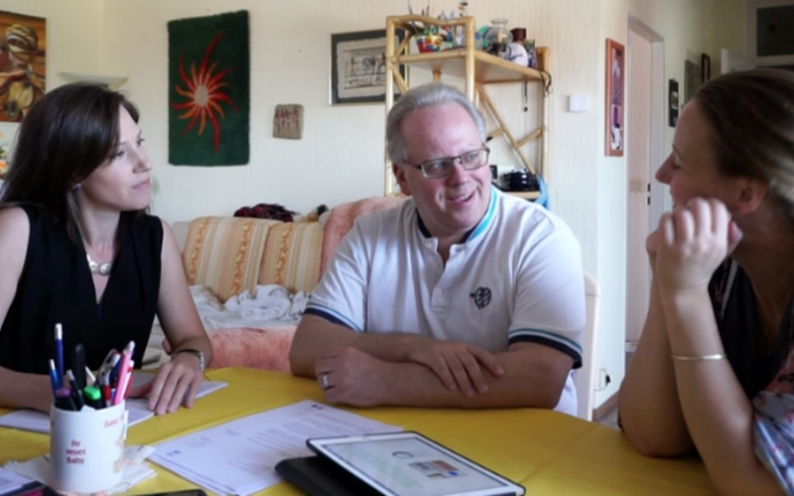
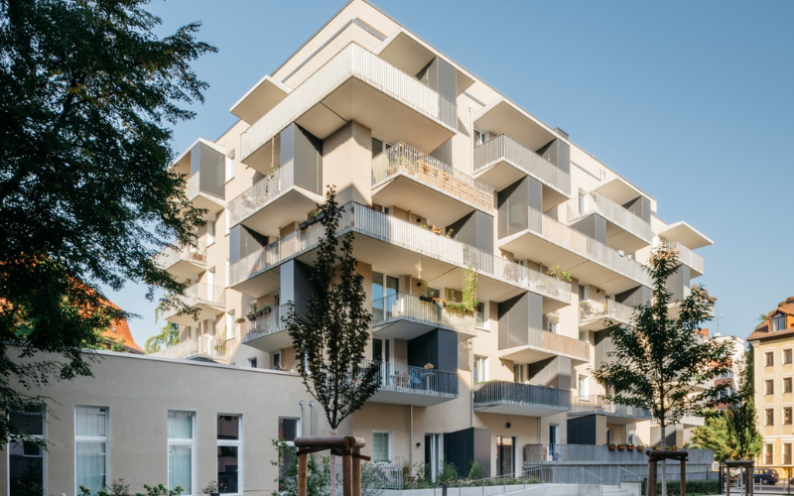
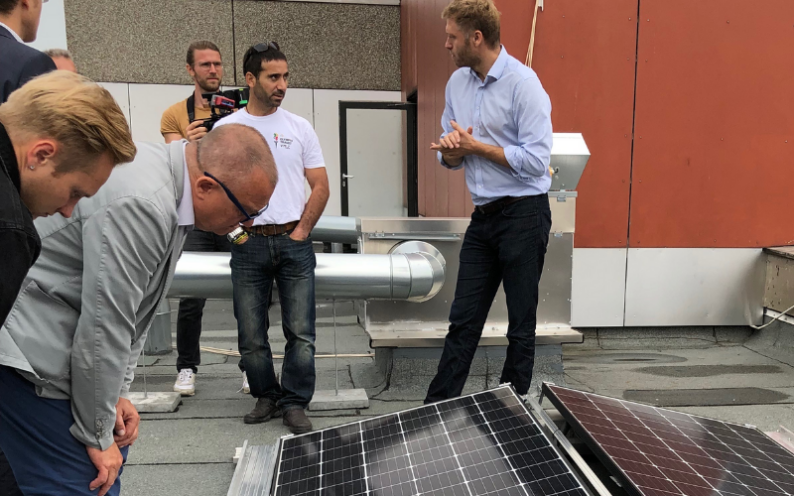
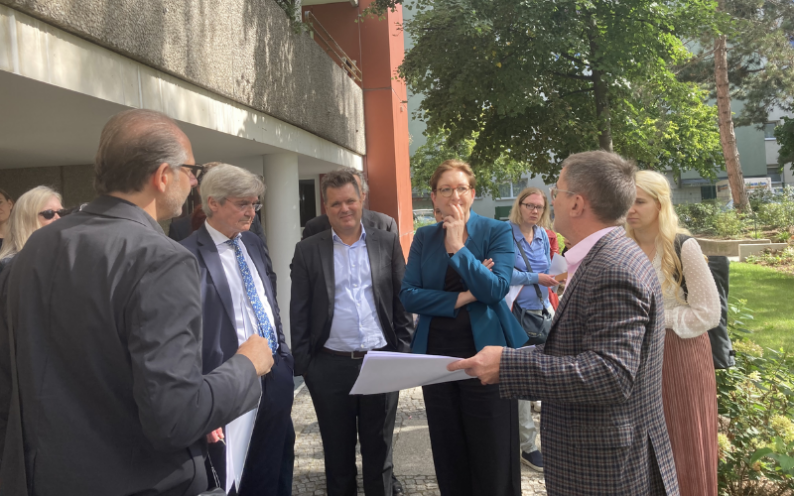
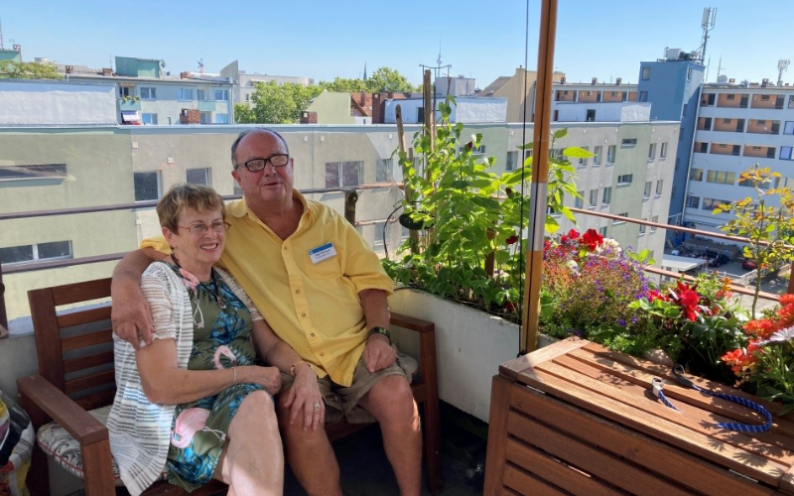

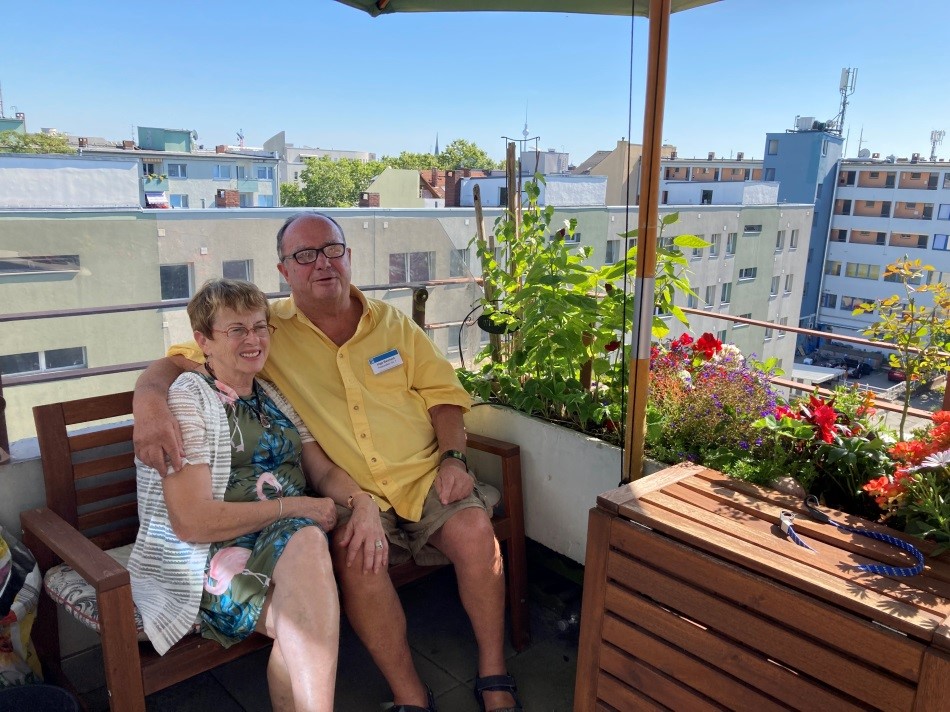
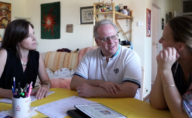
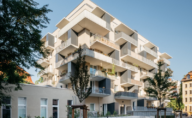
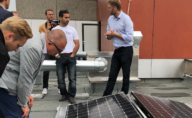
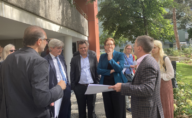
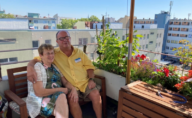
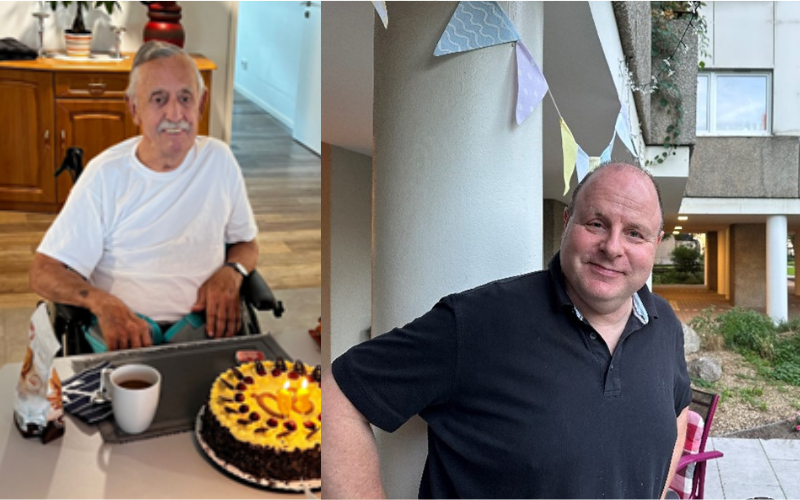 From left to right: Dieter and his son André Schmandt
From left to right: Dieter and his son André Schmandt